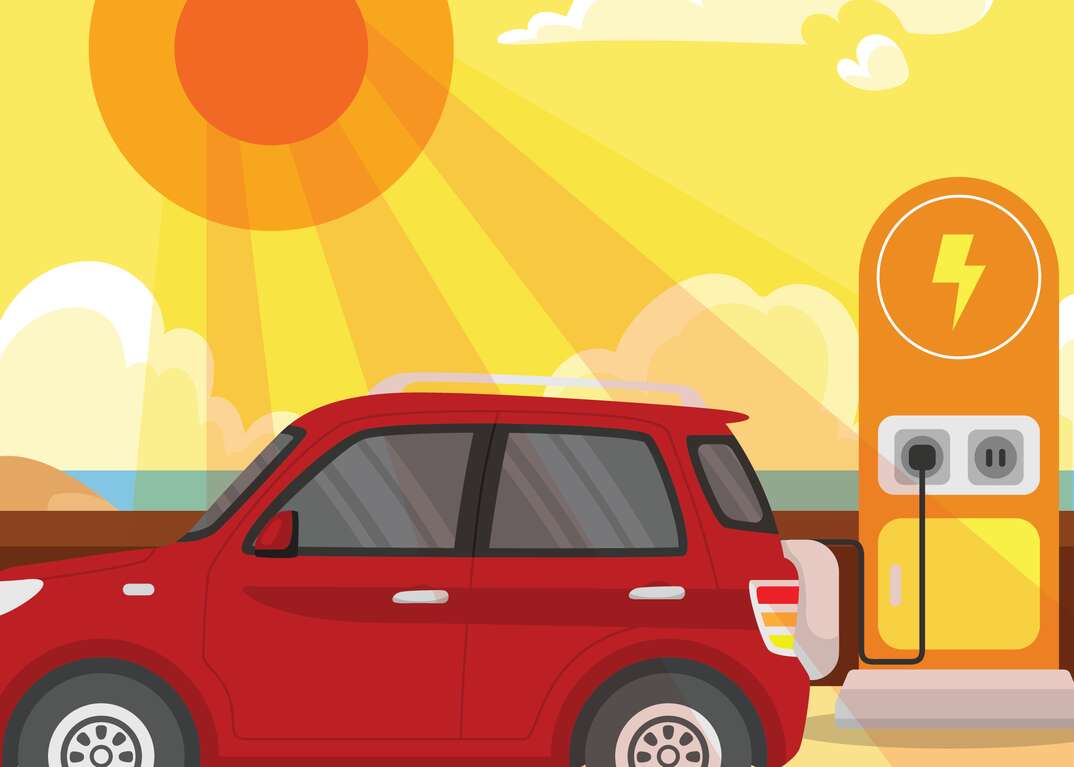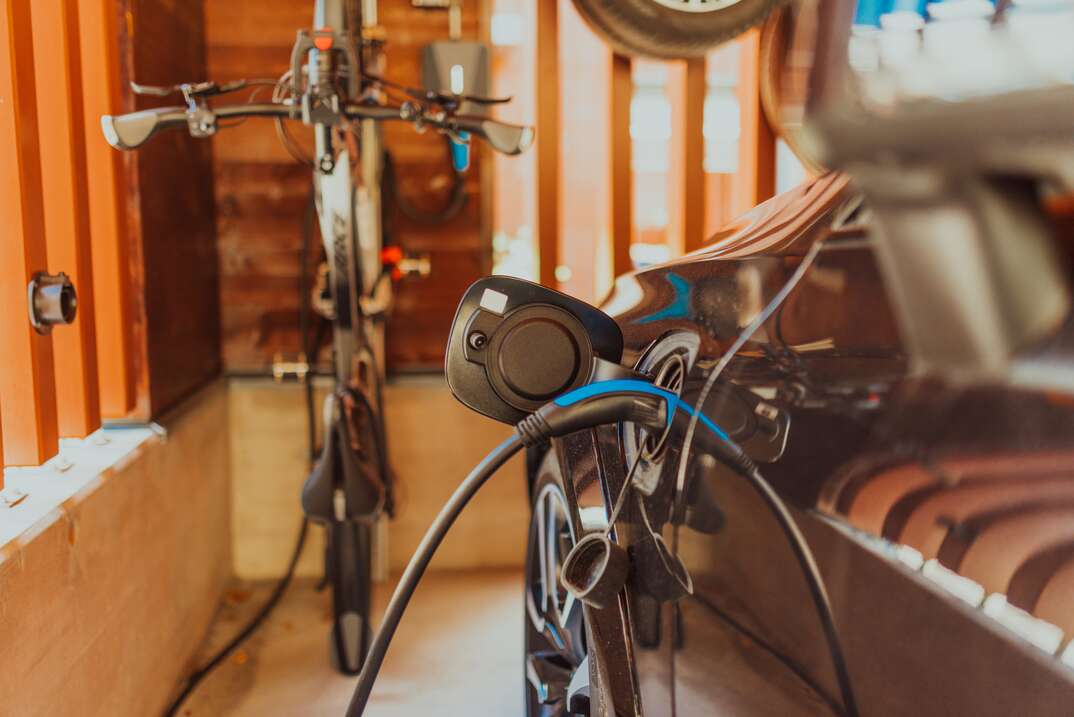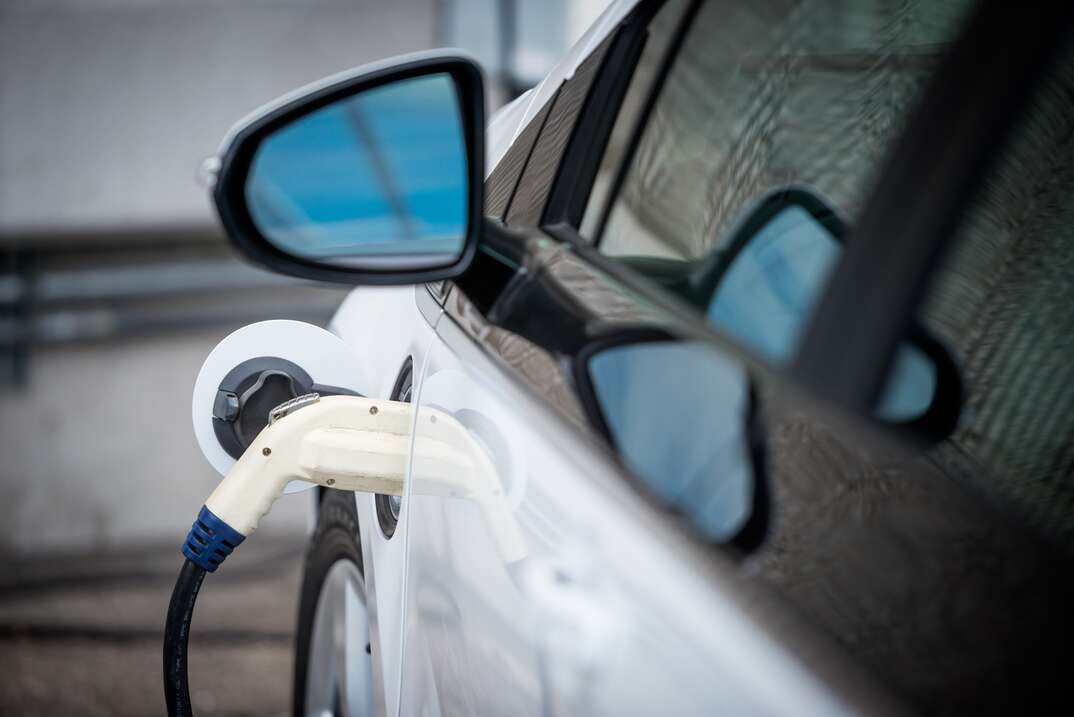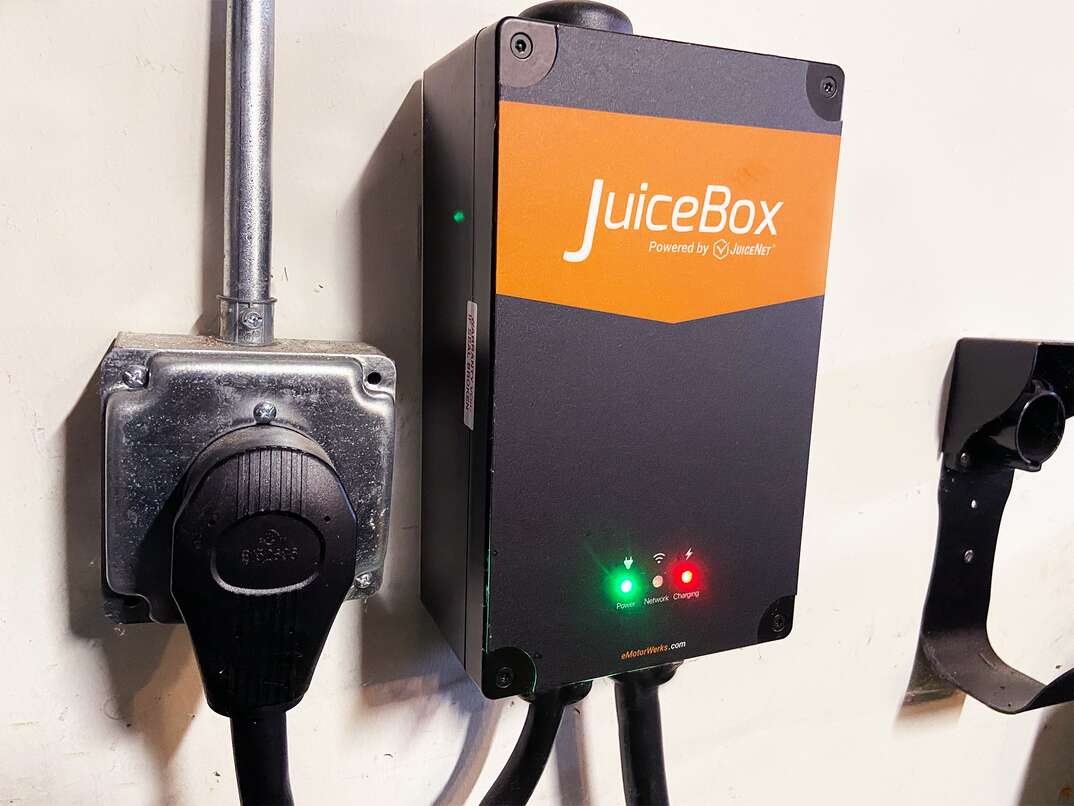Hot-Weather Electric Car Charging Tips

If you own an electric vehicle (EV), you’re part of the biggest revolution in transportation since the car replaced the horse. You can cruise highways and travel through neighborhoods without polluting the environment with noise and carbon monoxide. You probably love your electric car, but as with any relationship, it needs some TLC — especially when the mercury starts to rise.
This May Also Interest You: How to Charge Your EV During Off-Peak Hours
If you're wondering how to keep your EV running smoothly in scorching temperatures, we’ve got some tips on how to charge your vehicle when the weather's hot.
How Does Hot Weather Affect EV Charging?
Yes, electric cars are great, but like all forms of technology, they have some quirks. Hot weather, in particular, poses a unique challenge to EVs because of its effect on the battery system. Before we get to the tips, let’s look at how the summer heat impacts your car’s charging and overall performance.
- Battery efficiency: High temperatures can decrease battery efficiency because heat increases internal resistance, resulting in energy loss and a reduction in the battery's overall capacity. Consequently, your electric car might not cover the maximum distance it normally would on a single charge if the weather is hot.
- Charging speed: Fast charging is a blessing, but it generates heat. Coupled with high external temperatures, it can lead to overheating. The result is your EV's charging speed might slow down to protect the battery from potential damage.
- State of charge: Over time, regular exposure to extreme heat can lead to battery degradation. Therefore, it's recommended you keep your EV's battery state of charge between 20% and 80% in hot weather to minimize wear and tear.
- Air conditioning dilemma: Running the air conditioner while driving can drain the battery significantly, impacting your EV's range. Consequently, during a hot weather drive, you’ll need to balance comfort and range for the best driving experience.
More Related Articles:
- Electric Car Charging at Home: Everything You Need to Know
- How Will Installing an Electric Vehicle Charging Station Impact My Electric Bill?
- How to Charge Your Electric Car When the Power Goes Out
- Top 5 Home EV Chargers
- How Much Does It Cost to Install an Electric Car Charging Station?
What EV Owners Should Know About Electric Cars and Hot Weather
EV owners who know the most about their cars can get the most from them. With that in mind, let’s look at some tips for driving and charging your EV in hot weather. Introducing these tips into your routine can keep your vehicle in peak condition all summer long.
- Park in the shade. Try to park your EV in a shaded area. This simple step can help prevent your battery from overheating while it's stationary.
- Plan your route. Plan your trips strategically to avoid long stretches of driving in the scorching sun. This can reduce the impact on your battery caused by continuous exposure to intense heat.
- Limit fast charging. There’s no doubt fast charging is convenient, but try not to overdo it, especially in hot weather. Opt for regular charging sessions as often as you can to minimize the stress on your battery.
- Use the pre-cooling feature. Some EVs allow the driver to pre-cool the cabin while their car is still plugged in. If your car has this option, use it as often as possible. This can preserve some of your battery's energy and ensure you step into a car that’s comfortably cool. Many EVs come with mobile apps that allow the owner to control various functions remotely, including pre-cooling the cabin. These apps are a wonderful addition to the overall EV ownership experience, so use them as often as you can.
- Cool your battery. If your EV has the option to cool the battery before charging, take advantage of it. A cooler battery handles the charging process in hot conditions better than a hot one.
- Take advantage of the battery management system. Trust your vehicle’s built-in battery management system to regulate charging and temperature. It's designed to keep the battery healthy and safe, even in the hottest weather.


